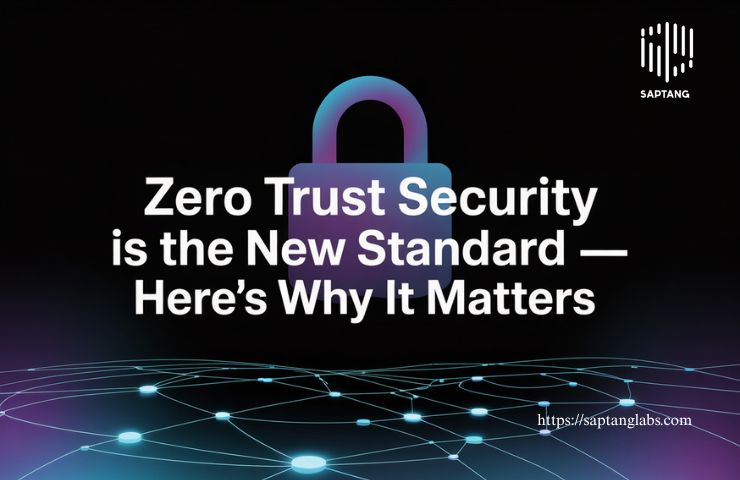
Zero Trust Security isn’t just another buzzword — it’s a necessity in today’s cybersecurity playbook. As attacks grow more sophisticated and perimeter-based security models fall short, Zero Trust Security offers a realistic, resilient approach to defending networks, systems, and data in a hyper-connected world.
Whether you’re in government, finance, healthcare, or even a small enterprise, the shift is happening — and those who ignore it may soon find themselves left behind or, worse, breached.
For decades, cybersecurity followed a “castle-and-moat” philosophy: build high walls around your network, keep the bad guys out, and trust everything inside. But in today’s reality — where workforces are remote, cloud adoption is widespread, and third-party integrations are common — this approach is like locking your front door while leaving the windows wide open.
The result? Breaches are occurring not because hackers are getting smarter, but because our outdated models are letting them in.
That’s where Zero Trust Security comes in.
At its core, Zero Trust Security operates on a simple but powerful assumption: never trust, always verify.
Unlike traditional security models that assume everything inside the network is safe, Zero Trust challenges every request — no matter where it originates — before granting access. It’s about continuous validation of identities, devices, and permissions, all while minimizing access to the bare minimum required.
Remote Work Isn’t Going Away
The hybrid and remote work culture has made networks more exposed than ever. Employees log in from personal devices, public Wi-Fi, and cloud apps, creating a scattered and vulnerable digital environment.
The Threat Landscape Has Evolved
Ransomware, insider threats, supply chain attacks — the enemy doesn’t always break in; sometimes, they log in. Organizations can no longer afford to assume their users or systems are inherently trustworthy.
Regulatory Pressures Are Mounting
Governments and industry regulators are pushing Zero Trust as a requirement, not a recommendation. The U.S. Federal Government, for example, mandated Zero Trust adoption across all agencies by 2024. Similar trends are emerging globally, including in India’s defense and BFSI sectors.
In 2024, a financial services provider in Southeast Asia suffered a data breach despite having endpoint protection and perimeter firewalls. The attackers gained access through a compromised third-party SaaS app, moved laterally across the network, and extracted customer data — undetected for weeks.
Post-incident forensics showed that a Zero Trust Security framework would have blocked the lateral movement, limited data access, and flagged unusual activity early.
This isn’t a one-off. It’s a wake-up call.
You don’t have to overhaul everything overnight. Start small:
Most importantly, make it part of your culture — not just a checkbox for compliance.
Zero Trust Security is not a passing trend — it’s the foundation of modern cybersecurity. As threats become more targeted, faster, and complex, it’s the only realistic way to stay ahead.
It’s not about paranoia. It’s about preparedness.
By moving toward Zero Trust, organizations signal that they value their users’ trust, their data’s privacy, and their future resilience.
Now is the time to shift. Later may be too late.